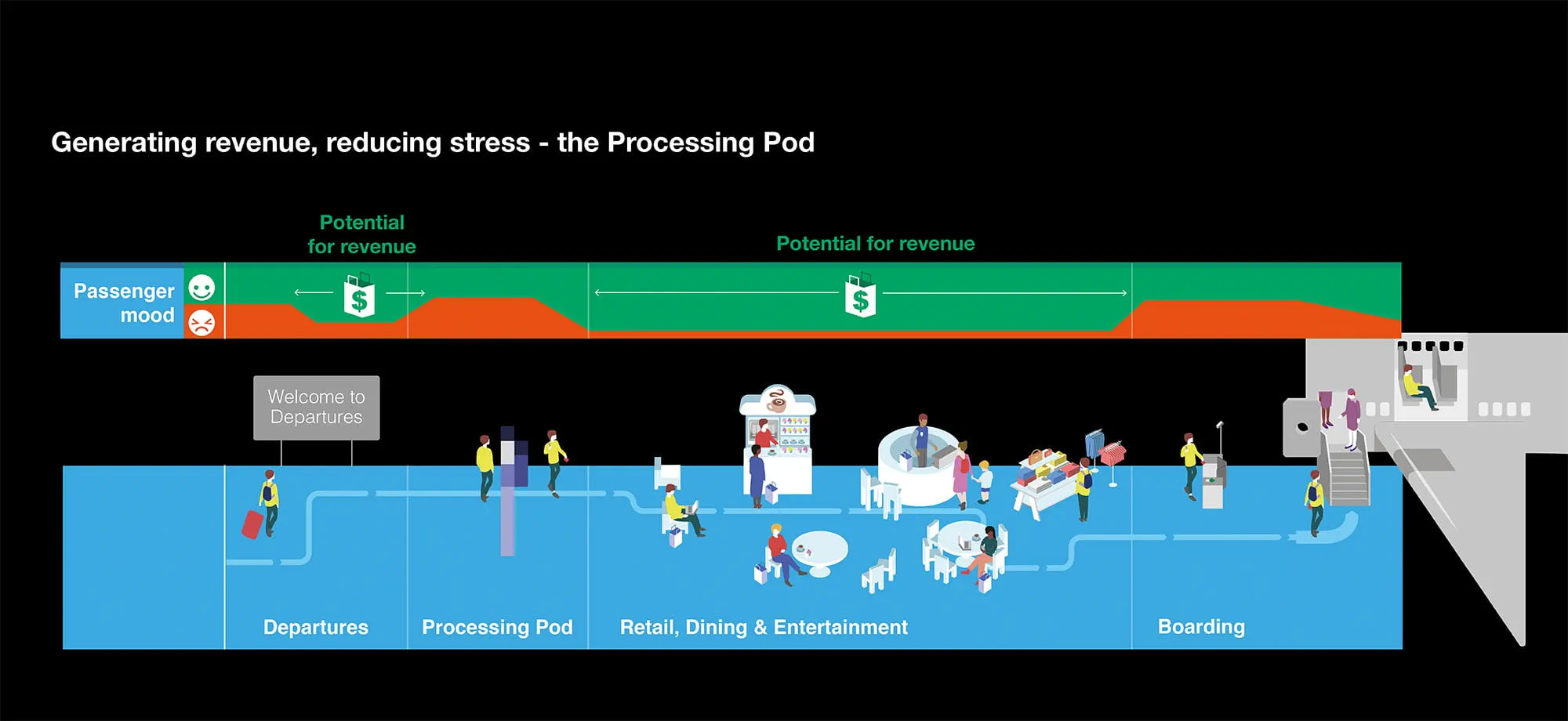When you see a long queue at an airport, what you’re really looking at is frustrated passengers and lost revenue.
Over four billion passengers flew in 2017, and it’s a fair assumption that almost all of them would have preferred to spend their time shopping or dining, rather than standing in a queue.
Passengers increasingly have a choice of several airports, so having a reputation for long queues is hardly ideal for airport operators. But could a mixture of new technology and fresh thinking make airport queuing a thing of the past?
The waiting game
Queuing is a feature of almost every stage of the passenger journey, caused by the numerous and separated processes: check-in, baggage drops, screening, border control, gate waits, baggage collection, quarantine and customs – each process has a different owner whose needs must be met. For the passenger, this multitude of siloed technology systems and stakeholders results in a repetitive, time-consuming and frustrating experience.
Enter the pod
The need for a more unified, data-driven passenger process at airports is clear. Drawing on work from our ongoing Future of Air Travel (FOAT) initiative, we have developed the ‘processing pod’. Once inside, flight, personal identification and screening data are unified within a single, one-stop process. This could free up space by up to 50%. It could also reduce processing time by 65%, leaving more time for passengers to relax, eat and shop.
Overall, the processing pod represents the opportunity to improve a terminal, making it more enjoyable and valuable, without the need for major and costly physical redesign. The simplification of so many disparate and painful processes would improve the passengers’ experience and therefore an airport’s Air Service Quality (ASQ) scores.
Our prototype, below, shows how better use of data and systems could make the zero-queue airport a reality at last.

 ;
;

